In the dynamic world of cryptocurrency, developers constantly seek efficient tools and technologies to enhance their applications. One such powerful tool that has garnered attention is the Litecoin RPC API. Designed to simplify the integration of Litecoin’s features into applications, this API offers a robust set of functions that can significantly boost a project’s capabilities. This post aims to demystify the Litecoin RPC API for developers, offering insights into its functionalities, benefits, and implementation.
What is Litecoin RPC API?
The Litecoin Remote Procedure Call (RPC) API serves as a powerful interface designed specifically for developers seeking to establish a direct interaction with a Litecoin node. By offering an extensive array of commands, this API facilitates access to vital blockchain data, empowers the management of digital wallets, and supports the creation of transactions, among various other functionalities. Essentially, it functions as a critical bridge that connects your application directly to the Litecoin network, thereby enabling the execution of an array of blockchain operations through programmatic means.
This technology not only streamlines the process of integrating Litecoin functionalities into applications but also enhances the efficiency and effectiveness of blockchain-related operations. Whether it’s querying the blockchain for specific information, managing user wallets to execute transactions, or even automating certain aspects of the blockchain management process, the Litecoin RPC API stands as an indispensable tool for developers looking to leverage the power of the Litecoin blockchain within their projects.
Key Functions
The Litecoin RPC API offers a comprehensive suite of functions that are indispensable for blockchain application development, providing developers with the essential tools required for crafting complete solutions. These functionalities encompass:
- Wallet Management: A pivotal feature that empowers developers to efficiently create and manage Litecoin wallets. It facilitates the generation of new addresses for receiving payments, the monitoring of wallet balances to oversee funds, and secures Litecoin assets against unauthorized access.
- Transaction Crafting: This essential capability enables developers to design and dispatch transactions across the Litecoin network. It supports the smooth transfer of Litecoins between addresses, ensuring secure and dependable payment executions and other types of transactions.
- Blockchain Interaction: This functionality grants access to critical blockchain data, including block information, transaction details, and extensive network analytics. Utilizing this feature, developers can query the blockchain for data retrieval, trend analysis, and conduct thorough investigations into blockchain activities.
- Node Management: This essential tool allows for the administration of a Litecoin node, giving developers the ability to initiate, halt, and track the node’s operational status. It plays a crucial role in sustaining the node’s health and efficiency, making sure it remains in sync with the Litecoin network.
These capabilities are made accessible through a well-documented and user-friendly set of HTTP and JSON-based interfaces. This approach greatly simplifies the integration process of Litecoin features into applications, accommodating a wide range of programming languages. By providing a versatile and robust API, Litecoin empowers developers to pioneer innovative blockchain solutions and applications, expanding the possibilities within the realm of digital currency.
Integration Options
Integrating Litecoin RPC API into your application can be achieved through HTTP POST requests. The API listens for commands on a specific port and returns JSON objects with the requested information or confirmation of executed commands. Developers can interact with the API using command-line utilities like `litecoin-cli` or by incorporating HTTP client libraries in their codebase.
Use Cases
The Litecoin RPC API offers unparalleled flexibility, rendering it ideal for diverse applications across various sectors:
- Payment Gateways: Seamlessly integrate Litecoin payments into online marketplaces, enabling a swift, secure, and low-cost alternative to traditional payment methods. This can significantly enhance the checkout experience for users by offering them more payment options.
- Financial Applications: Harness the power of Litecoin to develop comprehensive financial applications. These can range from trading platforms that provide real-time insights and transactions in Litecoin to portfolio management tools that track investments in cryptocurrencies, as well as analytics applications that use blockchain data to offer market predictions.
- Decentralized Services: Utilize Litecoin to build robust decentralized applications (dApps) that operate on a peer-to-peer network rather than relying on a central authority. This makes use of Litecoin’s secure and transparent transaction ledger for everything from executing smart contracts to processing payments, thus enabling a new generation of applications in fields such as finance, supply chain management, and digital identity verification.
- Wallet Services: Provide users with highly secure Litecoin wallets that offer advanced features like multi-signature transactions, where a transaction only completes with the approval of multiple parties. These services can also include backup and recovery mechanisms, ensuring that users can securely manage and store their Litecoin, thus fostering greater trust and adoption of digital currencies.
Benefits of Utilizing Litecoin RPC API
The Litecoin RPC API offers an array of advantages that significantly enhance the development and deployment of blockchain applications, making it an invaluable tool for developers. Here are some of the key benefits:
- Efficiency: By utilizing the Litecoin RPC API, developers can streamline the development process significantly. This is achieved through the use of pre-defined commands that allow for efficient interaction with the Litecoin network, thereby reducing development time and accelerating project timelines.
- Security: One of the paramount concerns in any blockchain application is the security of transactions and user data. The Litecoin RPC API addresses this concern with its built-in security features, ensuring that transactions are safely managed and user data is protected from unauthorized access.
- Flexibility: The Litecoin RPC API is designed to cater to a wide range of applications, thanks to its comprehensive set of commands. Whether you’re crafting custom solutions for financial applications, supply chain management, or any other use case, the API provides the necessary flexibility to meet your project’s requirements.
- Accessibility: With the goal of making Litecoin’s blockchain technology more accessible to developers and, by extension, to a wider audience, the API simplifies the integration process. This ease of integration makes it possible for developers to incorporate Litecoin’s blockchain into their projects without the need for extensive blockchain development experience, thereby opening up new possibilities for innovation and application development in various industries.
Implementation Steps
Integrating the Litecoin RPC API into your application is a straightforward yet detailed process that opens up numerous possibilities for developers. Here are the basic steps to follow, with added detail to ensure a smooth integration:
- Start by installing Litecoin software on your system. This involves downloading the latest version from the official Litecoin website and setting up a Litecoin node. The installation process will prepare your system for further configuration.
- Configure the `litecoin.conf` file. This critical step involves editing the Litecoin configuration file to include settings vital for RPC communication, such as `rpcuser` (defining the username for RPC connections), `rpcpassword` (setting a secure password), and `port` (specifying the port on which the Litecoin node will listen for RPC commands). Additional parameters may also be set to customize the node’s behavior further.
- Open the appropriate port for RPC communication on your system’s firewall. This step is crucial for allowing inbound connections to your Litecoin node. It typically involves adjusting your firewall settings to permit traffic on the port you specified in the `litecoin.conf` file, enhancing the security of your node.
- Identify the RPC endpoint. The RPC endpoint, usually something like `http://127.0.0.1:9332`, is the address your application will use to send requests to and receive responses from the Litecoin node. It is essential to ensure that this endpoint is correctly configured for your integration to work.
- Choose a programming language or library that supports HTTP POST requests and JSON parsing. This choice will depend on your application’s requirements and your preferences. Languages like Python and Java or tools like cURL are popular choices due to their powerful libraries and straightforward syntax for handling HTTP requests and parsing JSON data.
- Use the appropriate command-line utility, such as `litecoin-cli`, to test your connection and send commands to the Litecoin node. This step allows you to verify that your node is correctly set up and responsive to RPC commands before integrating it into your application.
- Incorporate the necessary code for interacting with the API into your application’s codebase. This involves writing functions or methods that use the chosen programming language or library to send HTTP POST requests to the Litecoin node and process the responses.
- Test and debug your integration as needed. After implementing the integration, thorough testing and debugging are crucial to ensure that the communication between your application and the Litecoin node is functioning correctly. This step may involve troubleshooting issues related to network connectivity, RPC command syntax, or data parsing.
By carefully following these steps and paying attention to detail, developers can seamlessly integrate Litecoin’s RPC API into their applications, enabling them to leverage the power of the Litecoin network for a variety of innovative uses.
FAQs about Litecoin RPC API
How does Litecoin RPC API handle transaction verification?
The API provides commands to access details of specific transactions, including their verification status. It utilizes the blockchain’s consensus mechanism to ensure transactions are validated.
Can Litecoin RPC API facilitate cross-border transactions?
Yes, Litecoin RPC API enables developers to create applications that process cross-border payments quickly and with low transaction fees, leveraging Litecoin’s global reach.
What security measures are in place to protect data when using Litecoin RPC API?
Communication with the RPC server can be encrypted using SSL, and access is controlled through authentication. Additionally, developers are advised to employ safe coding practices to enhance security further.
Does Litecoin RPC API support multi-signature wallets?
Yes, the API includes functionality to create and manage multi-signature wallets, enhancing the security of transactions by requiring multiple approvals.
Is there a testing environment available for developers to experiment with Litecoin RPC API?
Litecoin offers a testnet that replicates the main Litecoin network for development and testing purposes, allowing developers to experiment without risking real funds.
How does Litecoin RPC API ensure compatibility with different programming languages?
While the API itself relies on HTTP and JSON standards, developers can use any programming language that supports these technologies to interact with the API, ensuring broad compatibility.
Conclusion
The Litecoin RPC API is a critical tool for developers looking to integrate Litecoin’s capabilities into their applications. Its extensive functionality, combined with the advantages of using Litecoin, opens up a realm of possibilities for creating innovative blockchain applications. By following the implementation steps and utilizing the testnet environment, developers can explore the potential of Litecoin RPC API and harness its power in their projects.
Whether you’re building a new financial application, a cryptocurrency wallet, or a decentralized platform, the Litecoin RPC API provides the foundation you need to integrate with the Litecoin blockchain efficiently. With its robust features and broad applicability, it’s an invaluable resource for developers aiming to push the boundaries of what’s possible in the world of cryptocurrency.

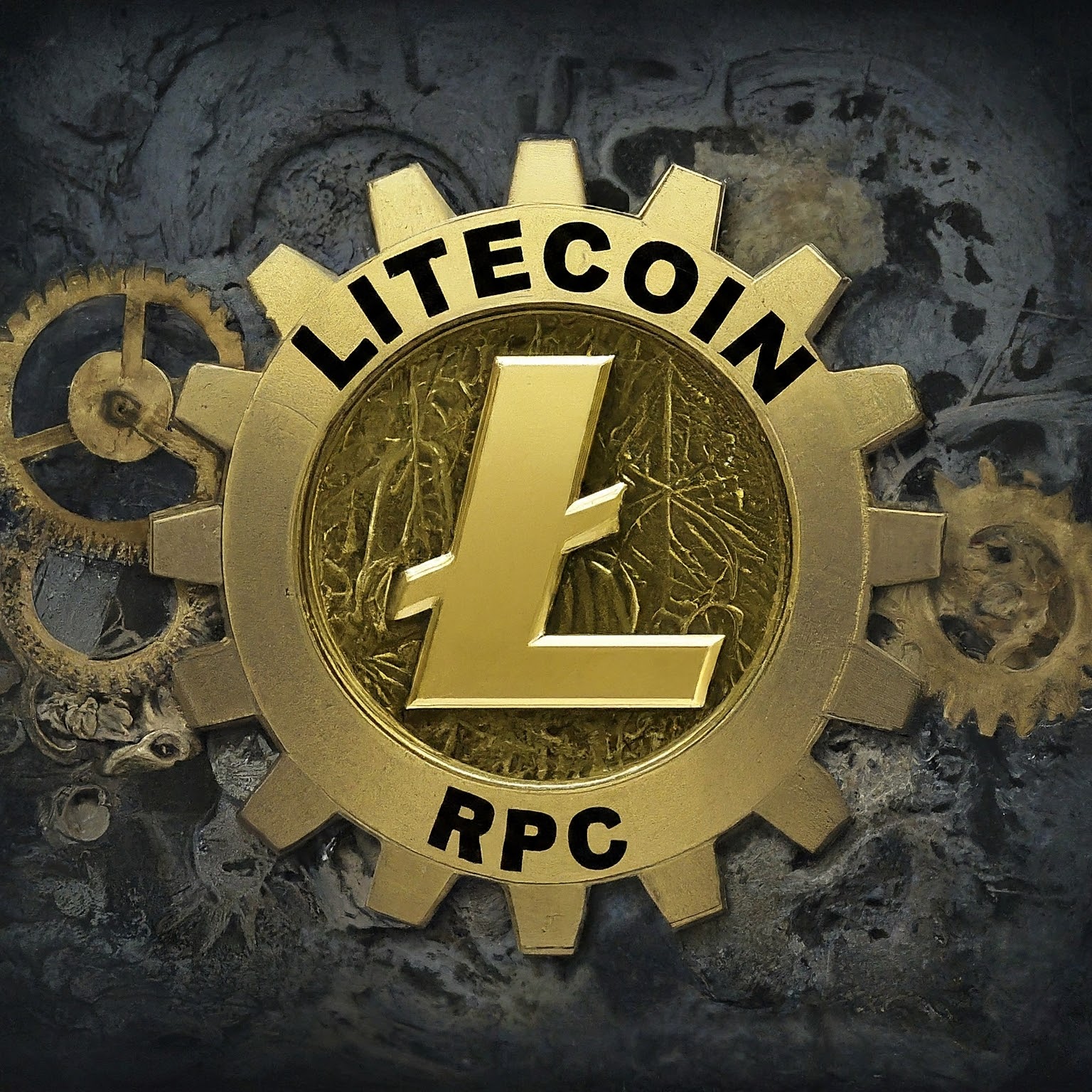

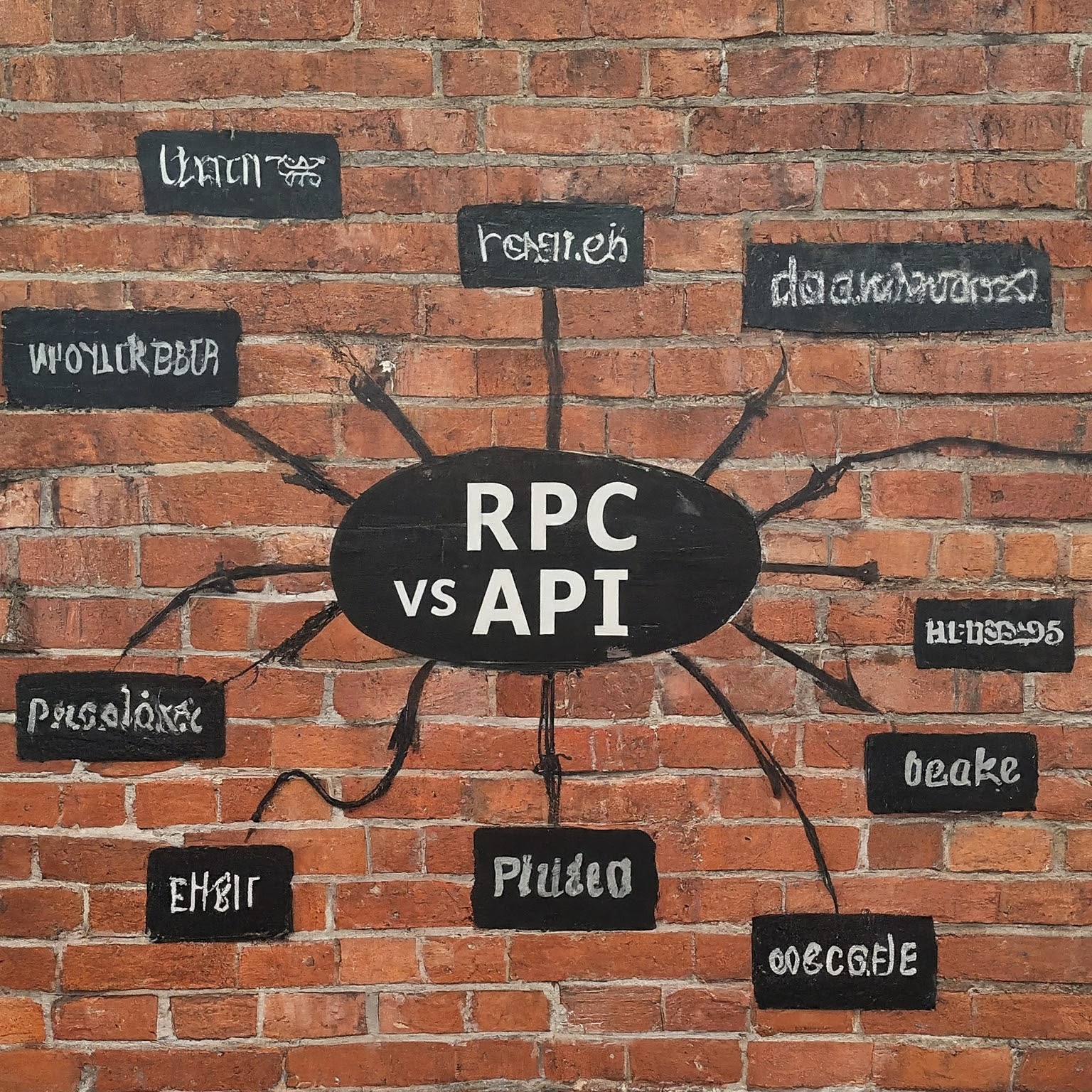
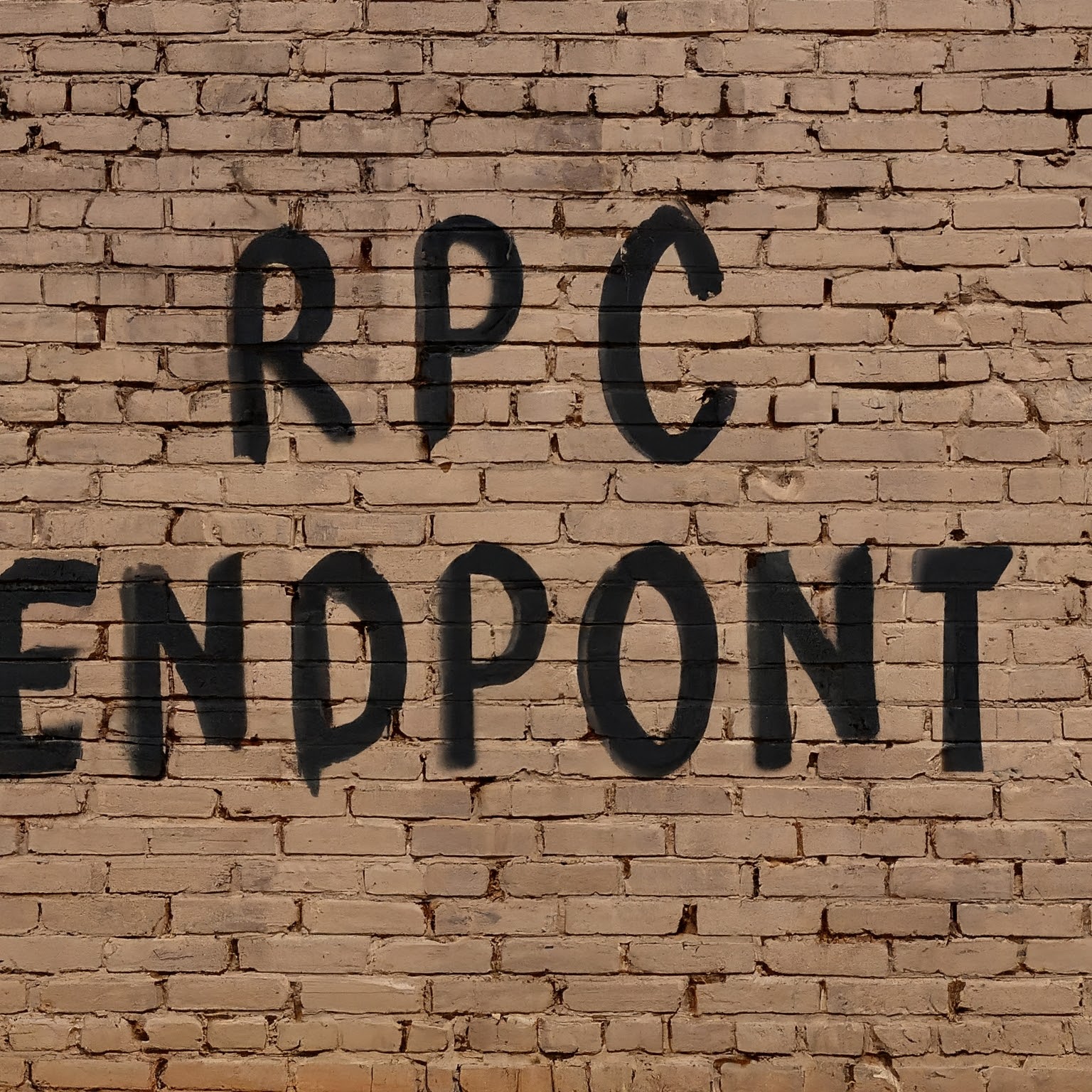

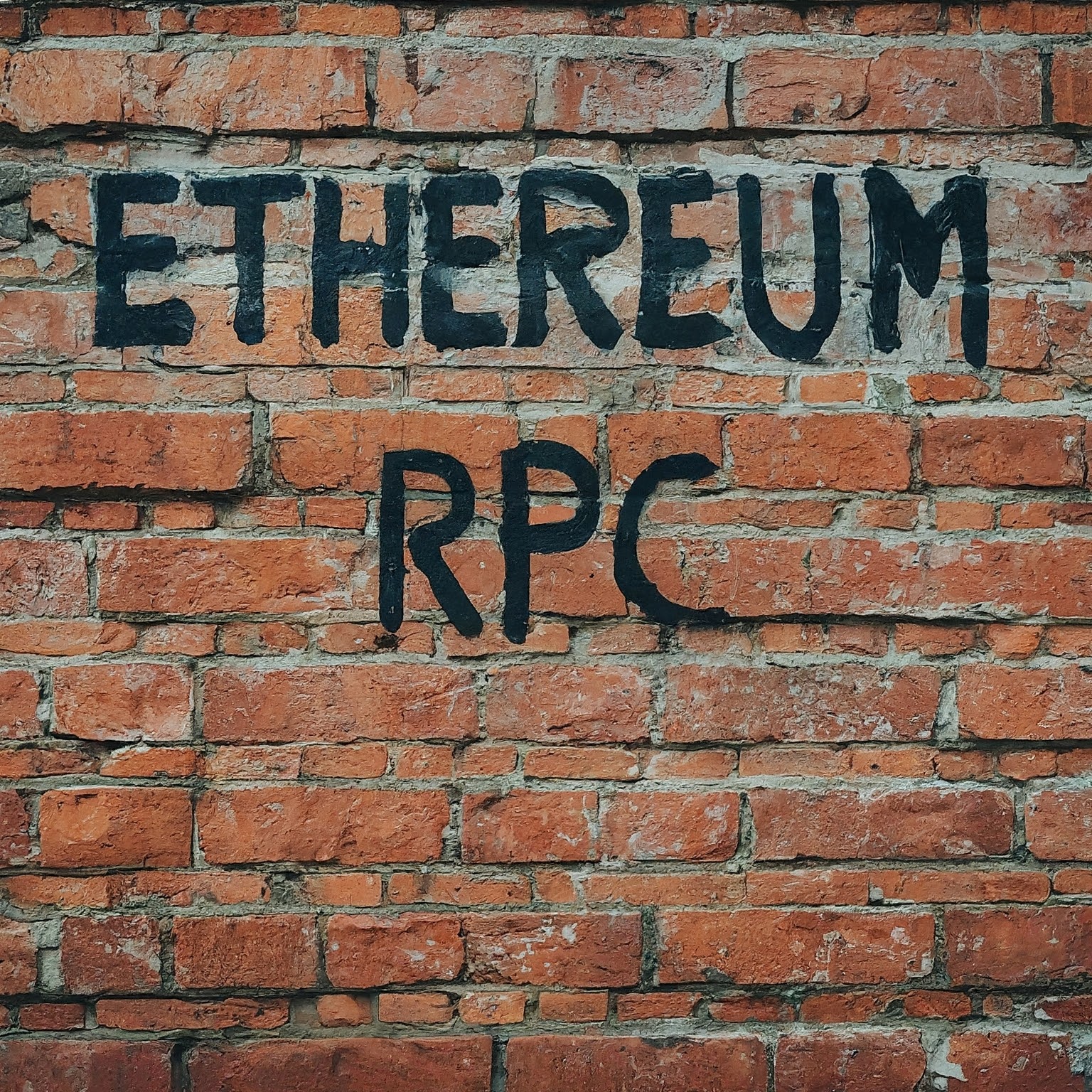

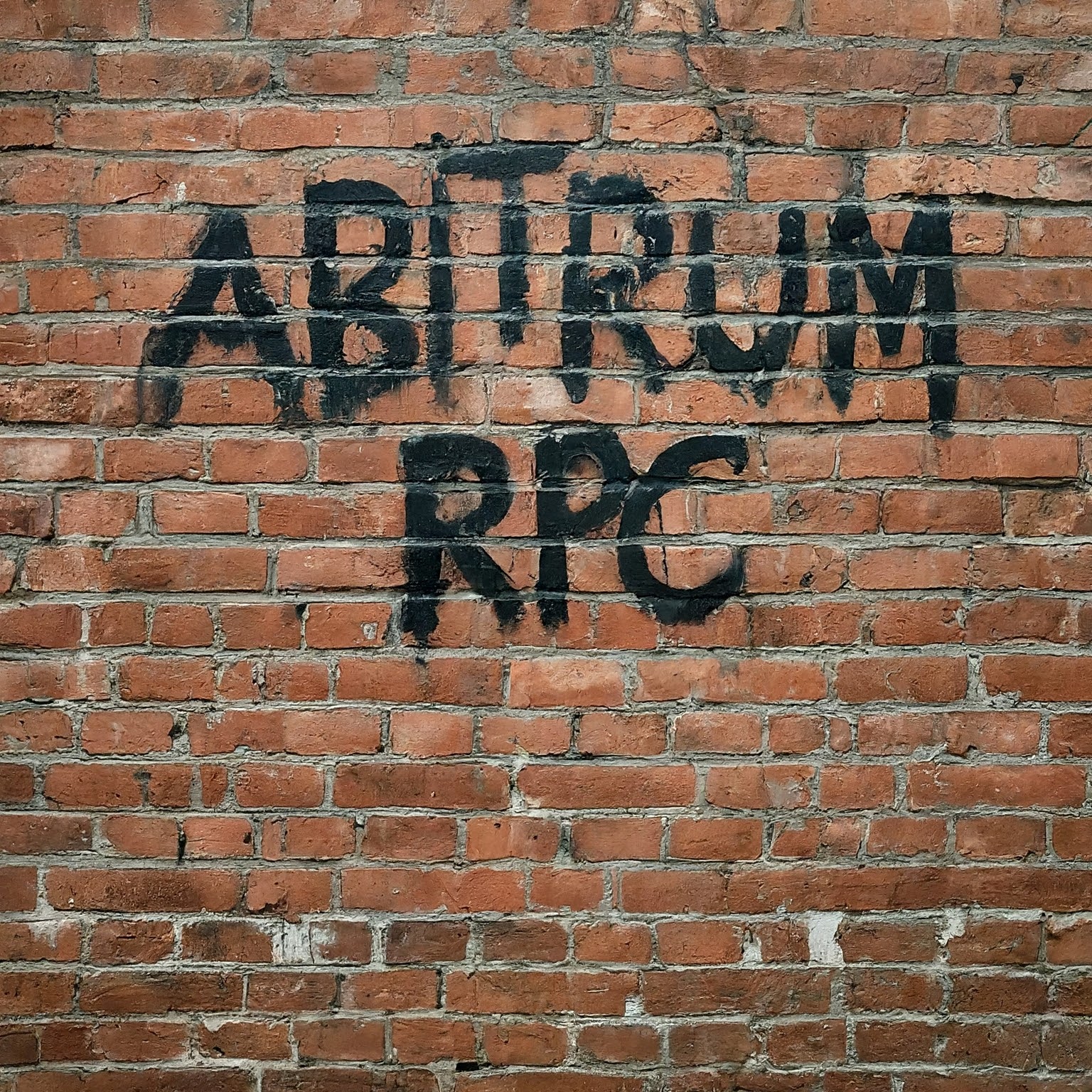

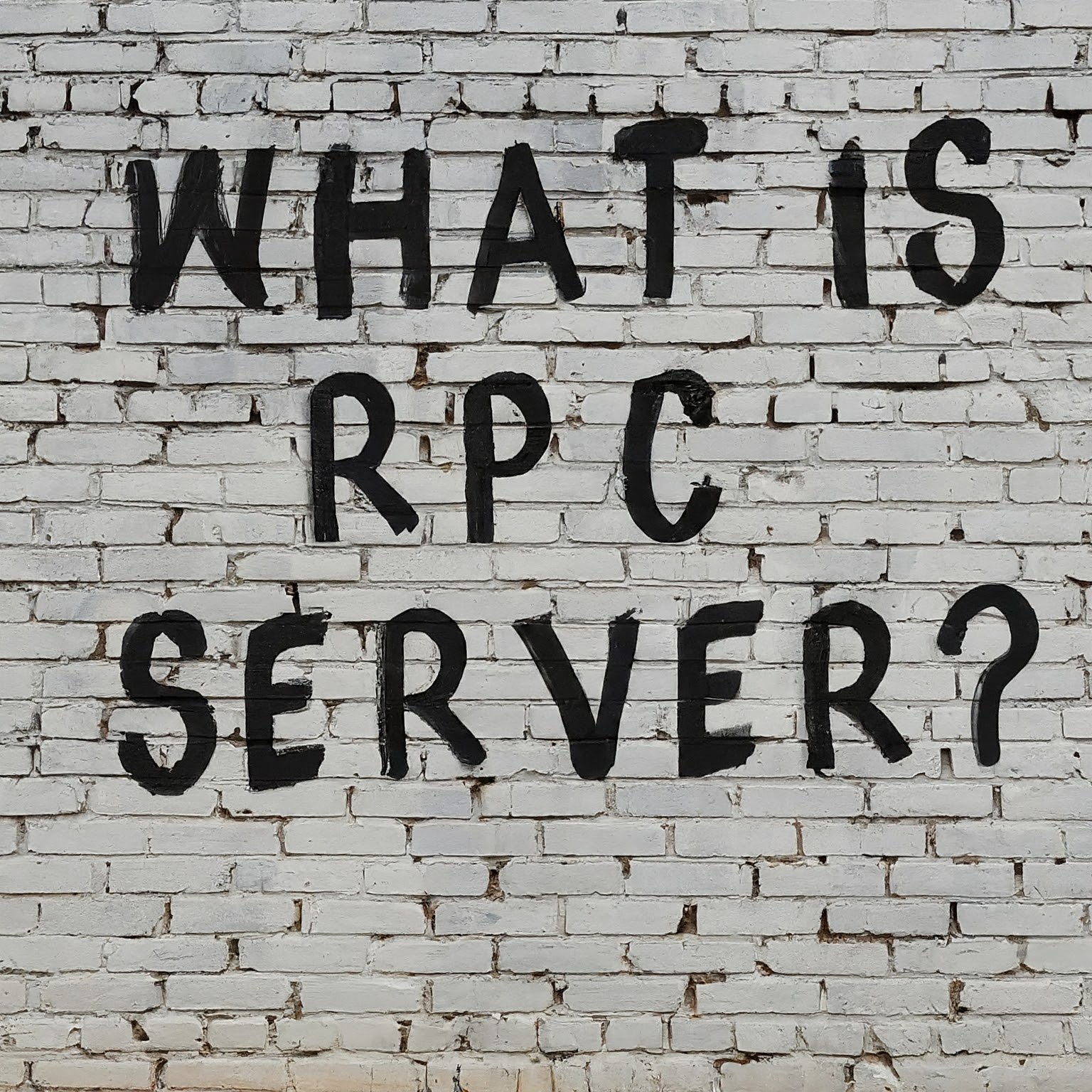

Leave a Reply
You must be logged in to post a comment.